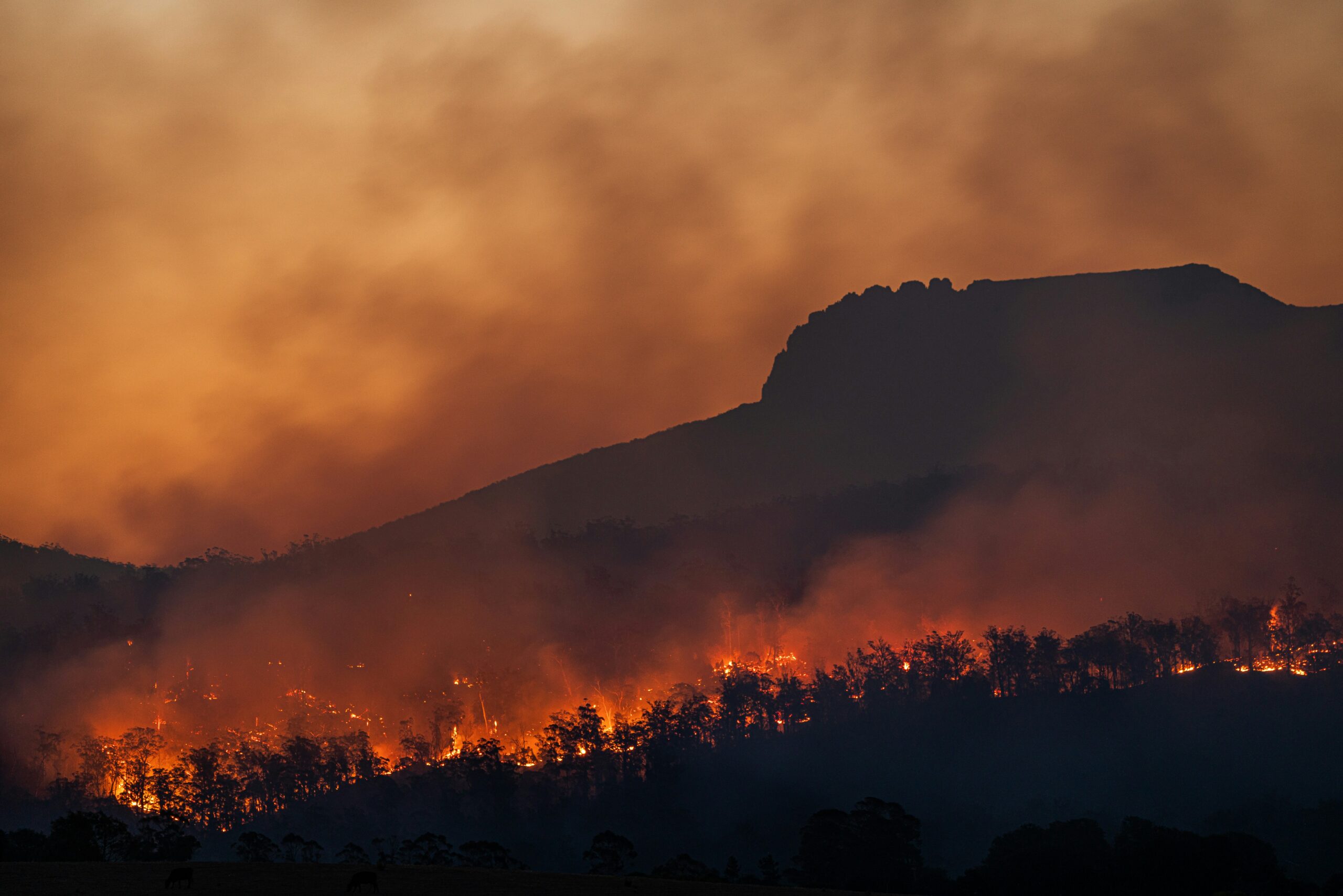The summer of 2025 has gone down as the second-worst wildfire season in Canadian history, surpassed only by the blazes of 2023.
In September, the Canadian Interagency Forest Fire Centre (CIFFC) reported that more than 5,071 fires burned over 8.3 million hectares nationwide. The scope of this destruction has displaced communities, strained provincial firefighting systems and raised urgent questions about how Canada prepares for and responds to climate-driven disasters.
The Prairies were hit particularly hard, with over 33,000 people displaced across Manitoba, Saskatchewan and Alberta, including 17,000 evacuees from Manitoba alone. Together, Saskatchewan and Manitoba accounted for more than half of the land burned nationally. Confirmed fatalities include two deaths from the same small community in Manitoba — though the full toll of injuries and deaths is still being compiled.
Ontario also experienced a surge in fire activity. In the northwest, evacuations were ordered in First Nations communities and one blaze in Kenora District grew to nearly 23,000 hectares before spreading into Manitoba. While southern Ontario avoided catastrophic fires, urban centres were blanketed by smoke. The cities of Toronto and Ottawa as well as the greater Niagara regions faced repeated air-quality alerts — some lasting days at a time — leaving vulnerable populations at risk.
Atlantic Canada, which has historically faced fewer wildfires, recorded what officials called “unprecedented” activity. Newfoundland and Labrador ordered evacuations in Conception Bay North, while New Brunswick closed its forests entirely in August due to extreme danger.
The smoke crisis extended far beyond Canada’s borders. As the smoke blanketed the atmosphere and the skies turned orange, air quality alerts were sent across Midwestern and Northern states in the U.S. while simultaneously travelling 7000km across the Atlantic Ocean, covering western European skies numerous times over the summer.
On the international stage, Canada hosted the G7 Kananaskis Wildfire Charter in June. The agreement committed G7 member states to faster data sharing, pooled firefighting resources and climate-fire adaptation strategies. Ottawa launched the Wildfire Resilience Consortium of Canada (WRCC), which is designed to strengthen wildfire science, forecasting and training. The federal government also provided emergency aid and deployed the Canadian Armed Forces to reinforce provincial firefighting operations.
Many argue that these measures remain inadequate. Canada still lacks a national disaster agency like FEMA in the United States, leaving responses fragmented across provincial jurisdictions. In September, Policy Options critiqued the federal government for failing to implement fire-smart building codes, support Indigenous-led fire stewardship or provide a national smoke health strategy. The lack of agency has left communities without federal assistance to retrofit schools, shelters and public spaces with clean-air infrastructure, despite provinces issuing repeated air-quality alerts and tens of thousands of fire suppression and evacuations just this year alone.
—
From Pacific to Atlantic provinces, flames and smoke disrupted nearly every region of the country, underscoring how climate change is actively reshaping Canada’s landscape. The 2025 wildfire season demonstrates that fire is not only a regional challenge, but a nationwide crisis that many experts warn needs a unified federal and provincial combating approach, or Canada risks seeing worse wildfire seasons in the years ahead.

